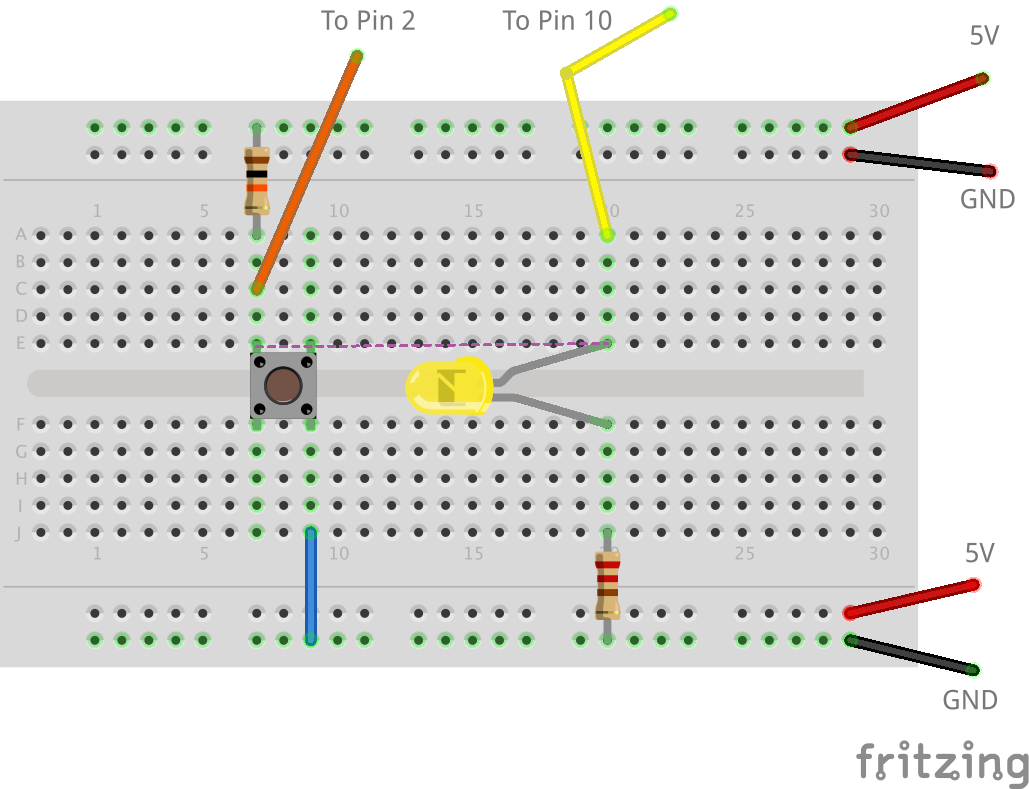

The interrupt handler is executed as long as there is a LOW signal on the interrupt pin. They all differ in the signal on the interrupt pin: The Arduino provides four types of hardware interruptions. Hardware interrupts occur in response to an external event and come from an external hardware device. Internal interrupts occur due to a change or disturbance in program execution (e.g., invalid address, invalid operation code, and others). They are used to trigger an interrupt handler.

Are triggered within a program by special instruction. The event itself can occur at a productive moment from an external device – for example, pressing a button on the keyboard, moving a computer mouse, etc. Interrupts at the microprocessor architecture level. Interrupts in Arduino can be of several kinds: All this is the main difficulty of working with interrupts. We need to understand the circuitry, the principles of the connected devices, and how often an interrupt can be triggered, the peculiarities of its occurrence. All this happens automatically, so our task is to write an interrupt handler without breaking anything without making the processor too often distracted by us.
#Arduino millis inside interrupt code#
The handler is a function we write ourselves and put there the code which should respond to the event.Īfter handling an ISR interrupt, the function finishes its work, and the processor happily returns to the interrupted activity – it continues to execute the code from where it left off. The processor has to react to this signal by interrupting the execution of the current instructions and passing the control to the Interrupt Service Routine (ISR) handler. Serial.An interrupt is a signal that tells the processor that an event has occurred and needs immediate attention. Now the code in the if statement is executed. Therefore, currentTime (1000) – previousTime (0) = 1000, which IS equal to eventInterval (1000). In the next example, 1000 milliseconds have passed. We will continue through the loop over and over again until the if statement is true, which will happen after 1 second, or 1000 milliseconds. Therefore, currentTime (200) – previousTime (0) = 200, which is still NOT >= eventInterval (1000). Next, let’s say 200 milliseconds have passed so far. void setup() brackets is executed, and we go back the the beginning of the loop. Then in the loop we’re going to use the Serial.println (println = print line) function to print the value of millis.
#Arduino millis inside interrupt serial#
In the Arduino IDE we’re going to begin in the setup section and use this Serial.begin function to enable serial communication. Let’s write a sketch that prints the value of millis to the serial monitor window.

The easiest way to review this function is to look at it in a simple sketch. If you’ve watched the previous lessons, we’ve described the basics of millis function in general ( part 1), we’ve talked about tight loops and blocking code ( part 2), and we’ve discussed some issues that arise when using the delay function ( part 3 and part 4). Are you trying to build a project using Arduino and you need to program repetitive timed events?Īre you looking for alternatives to the delay() function to achieve this?


 0 kommentar(er)
0 kommentar(er)
